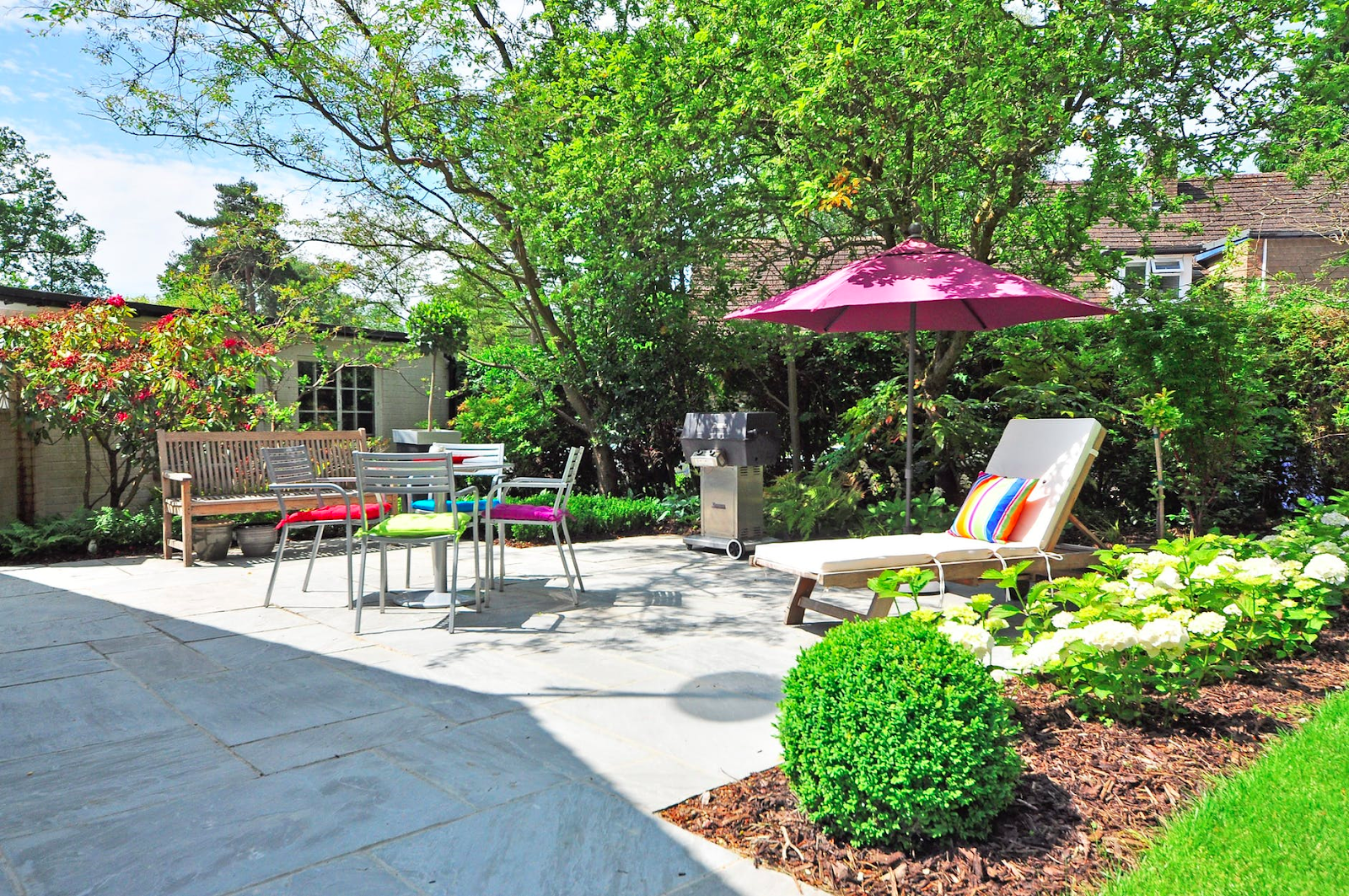Creating a low-maintenance landscape is a smart choice for homeowners who want a beautiful outdoor space without the constant upkeep. By choosing the right materials and making thoughtful design decisions, you can enjoy a stunning yard that requires less work. Here’s how to design a low-maintenance landscape using the best materials and practices.
What Is Low-Maintenance Landscaping?
Low-maintenance landscaping means designing your yard so it looks great with minimal effort. Instead of a traditional yard that needs regular mowing, watering, and weeding, a low-maintenance landscape uses plants and materials that reduce these tasks. The goal is to have an attractive outdoor space that doesn’t demand a lot of time or resources to keep up.
Picking the Right Plants
The first step in a low-maintenance landscape is choosing the right plants. Opt for native plants that are adapted to your local climate and soil. These plants generally need less water and care. Drought-tolerant plants like succulents, ornamental grasses, and hardy perennials such as lavender and yarrow are great choices. They can handle dry conditions and don’t need a lot of extra attention.
To make things easier, group plants with similar needs together. This way, you can water and care for them more efficiently. For example, place sun-loving plants in sunny spots and shade-tolerant plants where they’ll get less light.
Choosing Low-Maintenance Grass Alternatives
Traditional grass lawns often demand significant resources and maintenance. Consider alternatives such as ground covers or ornamental grasses that are both beautiful and low-maintenance. For example, clover is a great alternative to grass; it requires less water and fertilizer while providing a lush green cover. Other options include creeping thyme, which forms a dense mat and can handle foot traffic, or sedum, which offers a unique texture and color variation.
When it comes to paving, comparing porcelain pavers vs concrete pavers can also impact your maintenance needs. Porcelain pavers are durable, resistant to stains, and require less frequent cleaning than concrete pavers. They offer a sleek, modern look with minimal upkeep, making them a top choice for low-maintenance landscapes.
Using Mulch to Reduce Weeds and Improve Soil
Mulch is a versatile material that can significantly reduce the amount of time you spend weeding and maintaining your garden beds. Applying a thick layer of mulch helps suppress weed growth, retain soil moisture, and regulate soil temperature. Organic mulches like wood chips or bark also improve soil quality as they decompose. Choose mulch that complements your landscape design while providing practical benefits.
Incorporating Hardscaping Features
Hardscaping is one of the top ways to add class and style to any home. This can be simple, like adding walkways and a driveway, or more complicated like adding a firepit. Every property is different, so consider your home’s needs when starting this project.
A gravel driveway can also be a great option. You don’t have to make everything polished and expensive to make it look fantastic. Simply taking the time to ensure it’s usable, low maintenance, and efficient is enough to bring your property to the next level.
Setting Up Efficient Irrigation
An efficient irrigation system is essential for maintaining a low-maintenance landscape. Drip irrigation systems are highly effective because they deliver water directly to the plant roots, minimizing waste and reducing the frequency of watering. Automatic timers can further streamline the process, ensuring that your garden receives consistent moisture without manual intervention.
Selecting Durable Accessories
The right accessories will add beauty to your home. Some tools like an exterior handrail can add a lot of value to your property without making you jump through hoops to make it happen. Adding safety that’s durable and attractive is a positive on every front. Think about what your home needs, and how you can boost its value.
Invest In Your Materials Above All Else
Your property’s exterior will stand or fall depending on the materials put into it. Work with R. Alexa Group for more inspiration to create curbside appeal unlike any other.
Author Bio:
Natalie Akins is a freelance writer that loves sharing her knowledge and expertise in interior design and remodeling. She also has a background in the Hospitality and Real Estate Industry. She lives in her hometown of Austin, Texas where she enjoys spending time with her husband and decorating with her children. Natalie’s work as a freelance writer can be found on Building Product Advisor, a new construction industry resource site.




